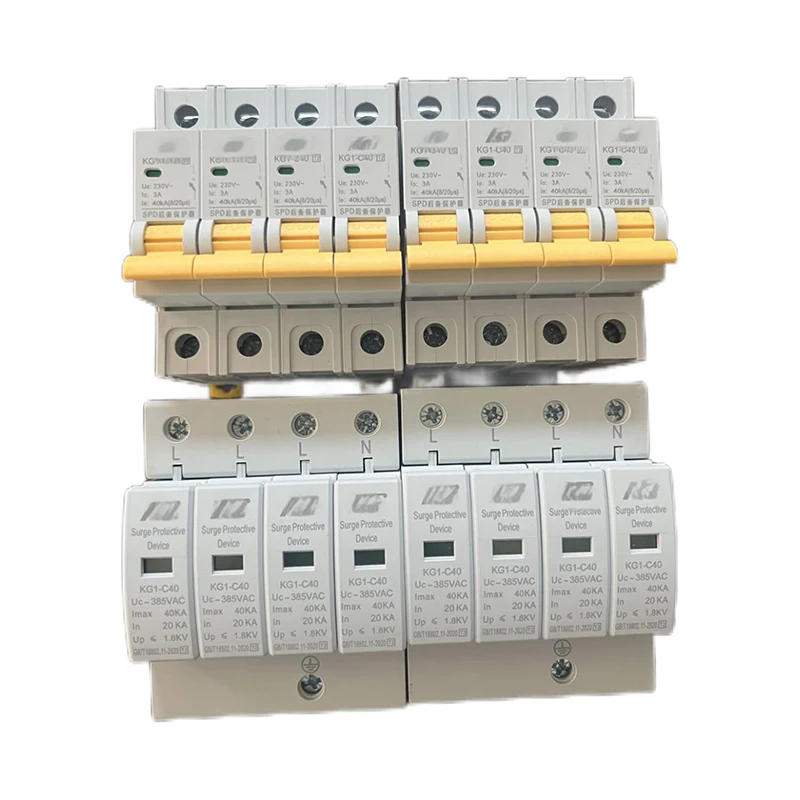What Are Electrical Distribution Systems and Why Are They Crucial for Modern Infrastructure?
2024-11-15
Electrical distribution systems are at the heart of how we receive and use electricity in our homes, businesses, and industries. But have you ever wondered how this intricate network works and why it’s so vital to our daily lives? Let’s delve into the essential role of electrical distribution systems, their components, and why they are crucial for modern infrastructure.
What Is an Electrical Distribution System?
In simple terms, an electrical distribution system is a network of power lines, transformers, substations, and other equipment that delivers electricity from the power plant to end-users, such as homes and businesses. After electricity is generated at power plants, it travels through high-voltage transmission lines to substations, where the voltage is reduced to a safer, usable level for distribution.
The distribution system is responsible for ensuring that electricity is efficiently delivered to homes and commercial buildings, enabling us to power everything from lights to computers to industrial machinery.
1. The Backbone of Electricity Supply
The electrical distribution system acts as the backbone of the power grid, providing a direct link between the power generation source and consumers. Without a robust distribution network, electricity wouldn’t be able to reach homes or businesses efficiently. It ensures that the electrical supply is steady, reliable, and able to meet the demands of modern life, even during periods of high usage.
2. Key Components of Electrical Distribution Systems
Electrical distribution systems consist of several key components that work together to ensure the reliable delivery of electricity:
- Substations: These are facilities where high-voltage electricity from transmission lines is stepped down to a lower, more usable voltage.
- Transformers: Located within substations or along distribution lines, transformers adjust voltage levels to ensure electricity is safe and suitable for end-use.
- Distribution Lines: These are the power lines that deliver electricity from the substations to consumers. They can be overhead or underground.
- Circuit Breakers and Switches: These devices protect the system from overloads or faults by disconnecting faulty sections of the network.
- Meters: Installed at homes and businesses, meters measure electricity consumption and ensure accurate billing.
3. Reliability and Redundancy
Reliability is a key feature of electrical distribution systems. For a system to be effective, it must have built-in redundancy, meaning that if one part of the network fails, another can take over without interruption to power supply. Advanced systems often include smart grid technologies that can automatically detect faults, reroute power, and restore service quickly, minimizing downtime.
4. The Role in Energy Efficiency
A modern electrical distribution system doesn’t just deliver power—it also plays a role in improving energy efficiency. By using advanced metering systems and smart grids, utilities can better monitor usage patterns, optimize distribution, and reduce energy loss during transmission. This leads to more efficient energy use, lower costs, and a reduced environmental impact.
5. Integration with Renewable Energy
With the rise of renewable energy sources like solar and wind, electrical distribution systems are adapting to integrate these intermittent energy sources into the grid. Smart distribution systems enable the smooth integration of decentralized power generation, ensuring that energy from solar panels, wind turbines, and other renewables can be safely distributed and balanced with traditional energy sources.
6. Power Quality and Stability
Power quality refers to the consistency and reliability of the electrical supply, ensuring that voltage levels remain stable and that electrical equipment operates without interruption. Distribution systems must regulate voltage fluctuations, prevent power surges, and mitigate issues like harmonic distortion, which can damage sensitive equipment or cause operational disruptions.
7. Challenges and Future Directions
As the demand for electricity continues to grow, electrical distribution systems face numerous challenges, including aging infrastructure, the need for greater capacity, and the integration of renewable energy. The shift toward electric vehicles and smart homes also places new demands on the grid. Future advancements in electrical distribution systems will focus on upgrading infrastructure, adopting smart technologies, and enhancing resilience to meet the evolving needs of consumers.
Conclusion
Electrical distribution systems are fundamental to the functioning of modern society, ensuring that electricity is delivered safely, efficiently, and reliably to millions of users. They are an essential component of the power grid and play a key role in supporting energy efficiency, sustainability, and innovation in the electrical sector. As we continue to rely on electricity for almost every aspect of life, the importance of a resilient and adaptable electrical distribution system will only continue to grow.



